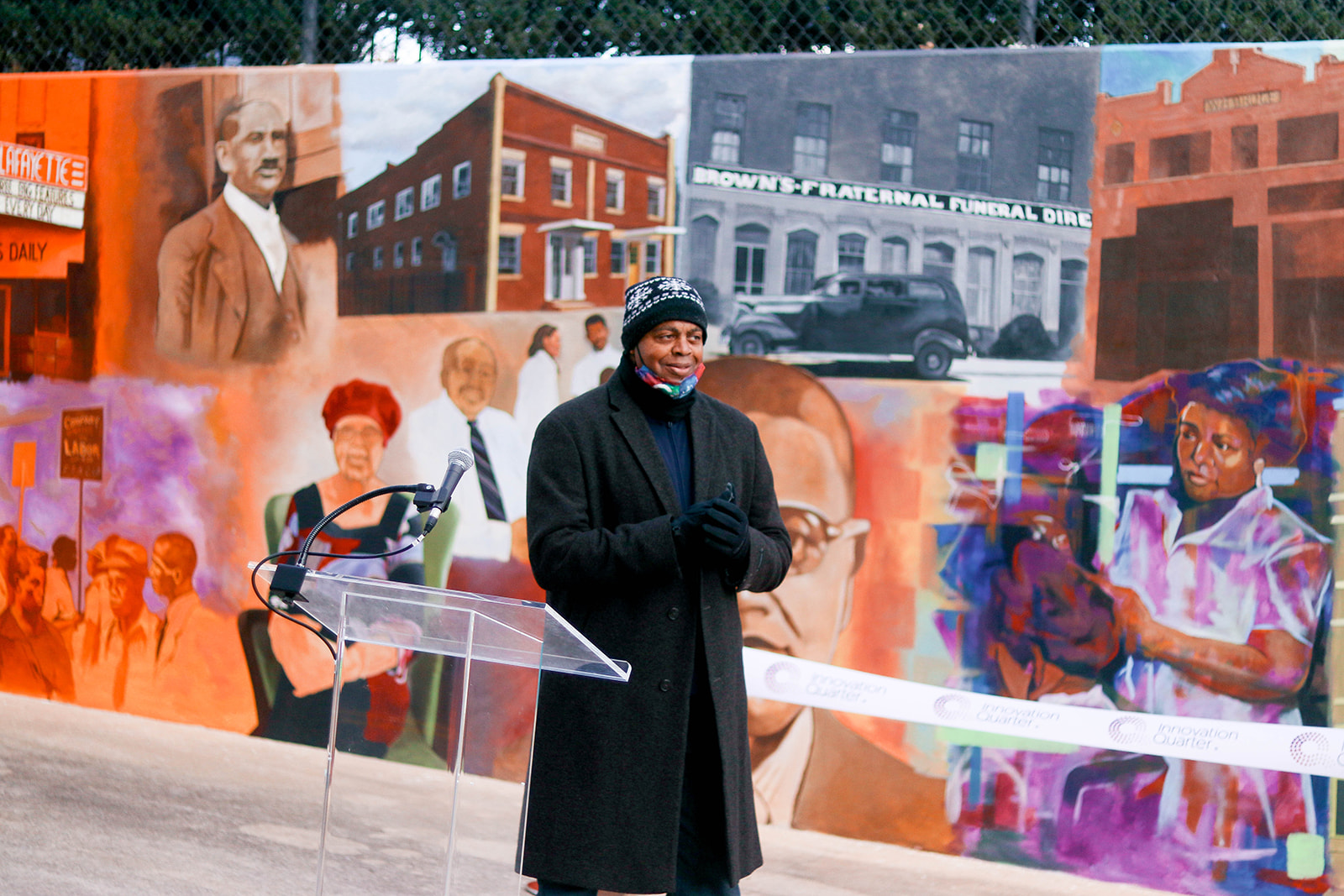Not unlike the innovation process, collaboration and diversity play a role in advancing inclusion. However, realizing a genuine sense of inclusion also requires intention. Leading innovation districts are built on strategies where inclusion is woven into all aspects of its development—and it shows. These areas become vibrant, dynamic ecosystems where inclusion and diversity become part of their identities and create opportunities equitably throughout the community.
Why Successful Innovation Districts Need to Prioritize Inclusion Strategies
The Global Institute of Innovation Districts has gathered insights from over 100 districts and found that three strategies are common among the most successful innovation districts:
- Leverage assets—economic, physical and social—to build an innovation ecosystem.
- Provide deliberate and sophisticated support of placemaking, entrepreneurial endeavors and cross-industry collaboration.
- Implement inclusion and social innovation strategies that address longstanding and complex inequality challenges.
The research highlights how innovation districts bring cross-sector collaboration and innovation critical to local economic development and growth, especially for the underserved communities upon which they are often built. To quell the consequences of (and not contribute to) the disparities across racial, social and economic divides, it’s proven that innovation district strategies must be intentional and emphasize inclusion.
What Does a Diverse and Inclusive Innovation District Look Like?
Leading innovation districts must be diligent about building partnerships, creating spaces and offering programs that bring value to a broad spectrum of the community. The Innovation Quarter, for example, has been intentional in its efforts to build an environment that allows people of all ages, abilities, interests and socioeconomic backgrounds to participate and benefit from its innovation ecosystem.
Building Community Through a Variety of Interests
Inclusive Art Initiatives
Critics caution that innovation districts often thrive at the expense of arts and civic culture. The Innovation Quarter has been deliberate about sponsoring public art projects that promote and educate viewers on the neighborhood’s rich history and culture. The Depot Street Renaissance Mural, painted by local artist Leo Rucker, illustrates Depot Street’s history as one of the first prestigious Black neighborhoods in Winston-Salem. It is a prime example of how art beautifies, educates and reinforces the values of inclusion and diversity in the Innovation Quarter.
Promoting Health and Wellness
Placemaking is a multi-faceted approach to planning public spaces that includes promoting health, happiness and well-being. The Innovation Quarter, Lotus Yoga Academy and 2B Yoga are partnering to further the mission of creating an accessible and welcoming space through Sunset Salutations—a series of free, outdoor yoga sessions. The program champions the restorative power of yoga and builds community by making the practice accessible to those who might not otherwise participate.
Educational Pathways for Underrepresented Students
Five higher education institutions are represented in the Innovation Quarter. Each contributes to the growing innovation economy through a diverse range of programs and a direct pathway for students into the workforce. For example, the Biomedical Research Infrastructure Center (BRIC) of Winston-Salem State University is a significant point of entry for minority and underrepresented scientists into biomedical and behavioral research fields. BRIC students work to understand and curb the effects of human diseases like heart disease and drug addiction. The Center’s relationship with the Innovation Quarter also provides students with partnership and business development opportunities.



Diverse Resources and Programming
Shaping Tomorrow Through Today’s Youth
The Innovation Quarter has partnered with Soy Emprendedor to host an accelerator program that inspires high school students to develop an entrepreneurial mindset through workshops and mentoring. The two-month program culminates in a Shark Tank-style Pitch Day event. Students gain practical experience conceptualizing, strategizing and articulating their business ideas during formal presentations. They are also empowered to think creatively and encouraged to maximize their potential for success.
Leveling the Playing Field for Women and Minorities
ACCESS Center for Equity & Success, an organization committed to helping minority- and women-owned businesses, has made its home in the Innovation Quarter. ACCESS aims to create an immediate and relevant impact on the enterprises they support by providing resources, technical support, contract opportunities and financing. To date, ACCESS has distributed over $200,000 of capital and helped over 70 firms complete certifications with the North Carolina Department of Administration (HUB), NC Procurement Technical Assistance Center (PTAC) and Small Business Administration (SBA).


Leading Innovation Districts Must Be Purposeful About Inclusion and Diversity
Leading innovation districts do more than connect investors, entrepreneurs, researchers and institutions across sectors. They also help communities overcome social and economic inequalities. These districts must be intentional about the strategies and partnerships they leverage in their missions to create a diverse, inclusive space for all to thrive and grow.




